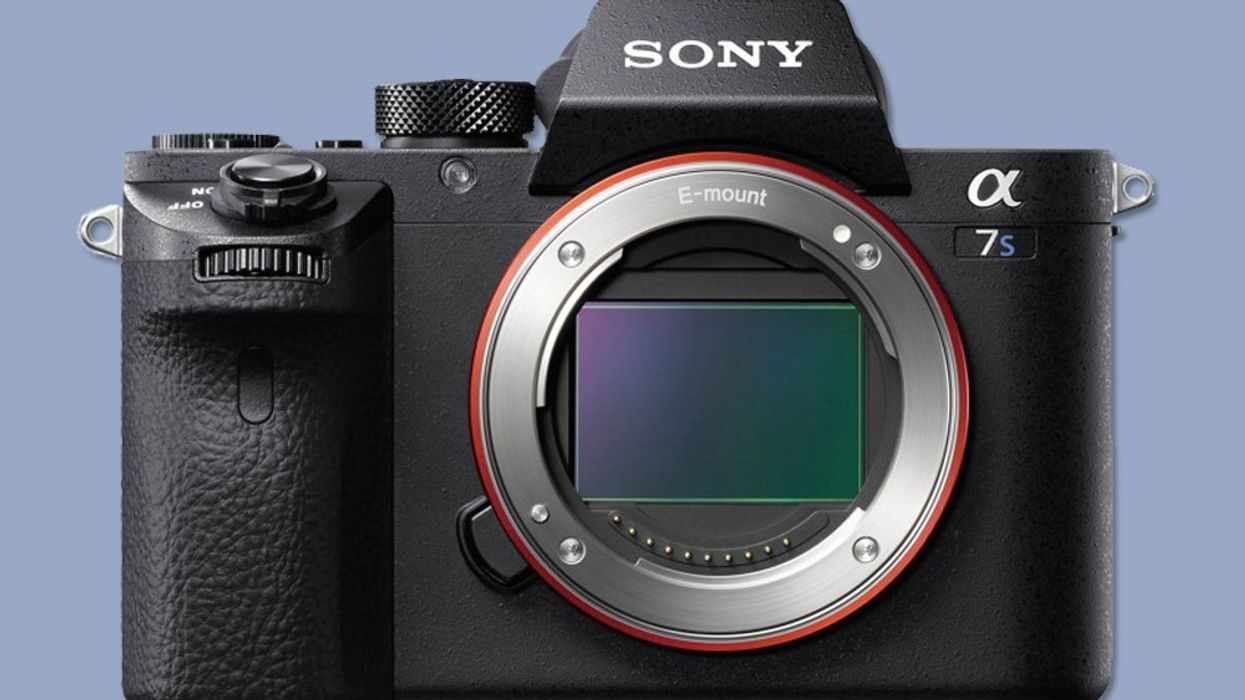Why the Sony a7s III Staying at 4K is Smart Move
In a summer of higher resolutions, Sony sticks with 4K and focuses on better pixels instead of more.

This summer has been one of resolution bumps from the major players in camera platforms. It kicked off last year with Panasonic rolling out the 6K S1H. Then Canon went 8K with the EOS R5 and then Blackmagic Design went 12K weeks later with the Ursa Mini Pro 12K. For years now, we've all be eagerly awaiting the release of the new Sony a7S III and it's finally here.
It shoots in 4K.
4K, which the RED ONE shot way back in 2006 for $17,500. Which your phone shoots. Which Sony full-frame mirrorless has been shooting for 5 years now. 4K. Not even 4K DCI but 4K UHD.
There may be a bunch of chatter and meme's created off of this one spec, but before that explosion I just wanted to go on record and say I believe that this is a brilliant move by Sony. Because even though it still only shoots 4K UHD, it has a brand spanking new sensor. Sony put their focus on redesigning the sensor with the same resolution, but hopefully, it creates better images. They are doing so with larger photosites on the sensor.
Larger photosites, of course, mean better low light. The Sony Alpha platform of cameras already does incredibly low light. This camera was designed to do it even better. This becomes especially key when you start to really think about slow motion shooting. One cinematographer I know has a stock answer when a producer asks, "Can this camera shoot slo-mo/120fps/etc?" He responds with, "We can get a camera that does it, but can you afford to light it." Filmmakers often forges that to shoot slow motion you need more light, since the sensor is exposed to light for less time. While you might be open 1/48th of a second shooting 24fps, when you go up to 200fps, you are only open 1/200th of a second. That means 4 times the light volume is needed for exposure.
Slow motion is increasingly becoming one of the main area's of competition between manufacturers. And if this camera gives me a useable image at ISO 5000 – which it should since the a7S II wasn't terrible at 5000 itself – then I have a lot more room to use the slow motion speeds and still shoot at a functional f-stop. Otherwise we run into the classic situation that happens on many indie shoots where you go for a slo-motion shot and you don't have the light to get a good exposure, or you need to go to a wide open stop and the 1st AC doesn't stand a chance of holding focus. If the a7S III is better at low light with higher ISOs that produce less noise, that's going to be more advantageous for most indie filmmakers.
Of course, the 12K from Blackmagic is brilliant as well, but to make that work, an entire new sensor design with a new pixel layout had to be created. No more Bayer array. To work with it, you need the whole workflow dialed in. Your own RAW format, your own post workflow, and some tremendous processing horsepower. It's a $10K camera after all and it only shoots RAW. The price point of the a7S III is less than 1/3 of that. But then again, it's hard to compare a dedicated video camera to a hybrid camera. It's apples and oranges.
Sony has made the decision to focus on better low light and less noise, which is going to arguably be more useful to their typical user than more pixels might be for creators. While color science is subjective, to me, Sony's color science is also a little bit different than everyone else's. But with VENICE and the FX9, things are starting to feel really good coming from Sony. If some of that color DNA trickles down into the a7S III this camera could be a massive hit.
Sony a7S III

The a7s III is the latest full-frame mirrorless camera from Sony. It features much-improved video specs and several exciting technology features concentrating more on image refinement than anything else.
Yes, on paper its raw specs aren't as flashy, but if Sony did the work to improve the overall image quality that can be easily seen, the a7S III might have won the summer...at least at their price point.

 'Anora'Neon
'Anora'Neon Annie Johnson Kevin Scanlon
Annie Johnson Kevin Scanlon









